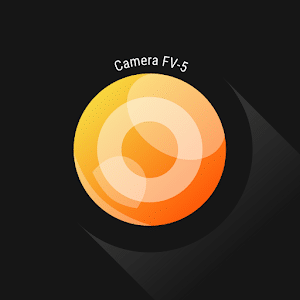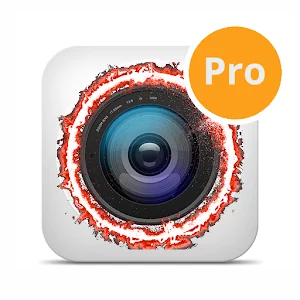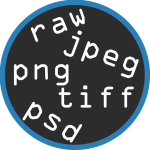
Introduction
With this software, anybody can rapidly learn how to create professional-quality photographs on mobile devices, even if they have no previous expertise with photo editing.
The Photo Was Edited To Complete All Requirements
The use of high-end picture editing software means that picture Editor’s interface will be more intricate than normal. For new users, the interface will be bewildering, but with time, you’ll adjust to it naturally and with no trouble. There are several tools available in Photo Editor’s editing menu after a picture has been uploaded. Regardless of format, there are alternatives to picture editing software for sharing and saving photographs. They all meet the majority of the needs of an amateur photographer and are all perfectly good. If using a big PC to edit images is not an option for you, this is a much better solution. The procedure is swift, and the end result is good enough to serve a variety of purposes.
Integrated Image Processing Packages
The bare minimum of picture editing functions are included in photo editor software. You may begin editing your images as soon as you upload them. It offers considerably more functionality than just color adjustment and transparency. Every picture is painstakingly created, and various final touches elevate its already excellent level of expertise. In addition to other things, the color section will cover contrast, exposure, saturation, temperature, and tint. It would be wonderful to start from scratch and create the ideal color combination. The output will vary depending on how gamma, vibrance, blur, sharpness, and contrast are adjusted. You may make different shapes by rotating the picture and then cropping it. Replace individual pixels in damaged photographs or create precise replicas to repair the damage. To suggest that it’s professionally done would be an understatement.
Complete Support For Format
Because there are numerous applications nowadays where this format might be more effective for processing or storing photos, the user must also take the image’s format into consideration. However, Photo Editor will support opening and editing the most widely used image formats, such as PDF, JPEG, PNG, GIF, and WEBP. These picture formats are all very well-liked. If your picture isn’t in one of these formats, you can convert it fast with the aid of a few websites. Metadata formats like EXIF, IPTC, and XMP should be avoided due to their large file sizes. Decompressing the files is another way to minimize their size, although there will be a minor loss in picture quality.
Partition And Distributeting Is Easier
These images are simple to share since they were shot using a smartphone. Make sure everything is correct before saving the altered picture to the gallery. Using any of the built-in options in the Photo Editor, you may quickly and simply share your edited photographs with friends and family. One way to remain in contact with individuals you already know and wish to chat to is via social networking services (SNS). Alternatively, you may email the picture using its direct URL. If you run into any issues while sharing, Photo Editor can help. An additional benefit is that it can interact with several well-known data storage applications. Online storage providers with a good track record include Box, DropBox, and Google Drive.











